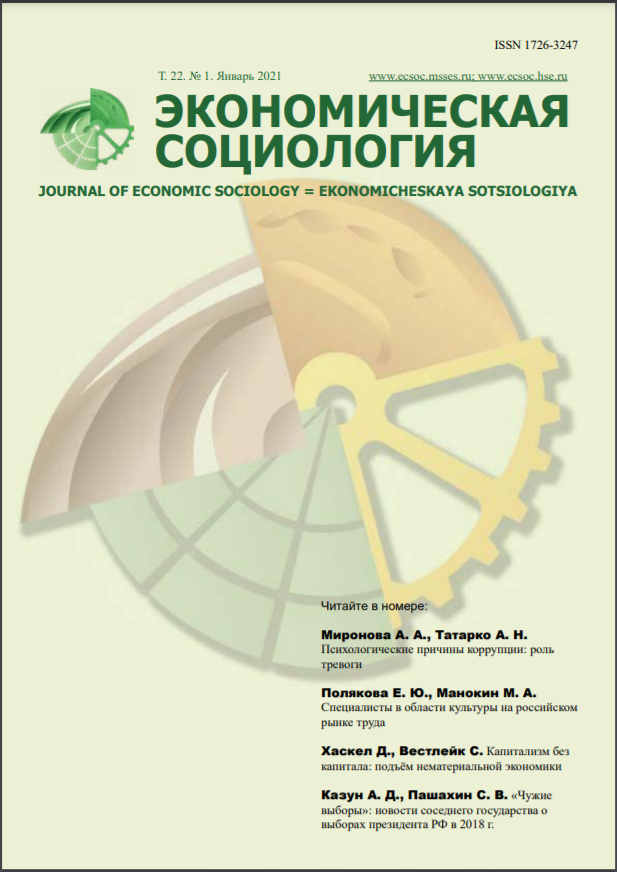School Socio-economic Composition as a Factor of Educational Inequality
Review of Measurement Approaches and Relation with Academic Outcomes
Abstract
The socioeconomic composition of schools is considered one of the most significant factors of educational inequality at the school level. Most of the reviewed works demonstrate a positive relation between the student population’s socioeconomic status and educational outcomes. At the same time, a number of authors confirm that this effect is a statistical artifact and is significant due to the limitations of existing studies’ methodology. Despite a fairly large number of works, a few questions remain: How is the composition effect formed? Under what conditions does it occur? What mechanisms involve interconnection? How can the negative effect of school composition be minimized? Is it about causality? In Russian studies, this subject area is out of sight. In this article, the author aims to provide a systematic analysis of relevant works with a focus on developing recommendations and further directions for empirical research. In this review, the author introduces the term socioeconomic composition and describes the main approaches for measuring it, taking into account the choice of the composition indicator, aggregation method, and data analysis method. Following assumptions about the presence of an indirect effect of composition and methodological recommendations, the possible mechanisms of the effect at the peer, teacher, and school levels are described. Based on the analysis of critical works, the prerequisites for research design are formed. The author concludes the paper with a summary of the recommendations and substantiates the scientific and practical importance of studying the causal relation between the school composition and educational results.













